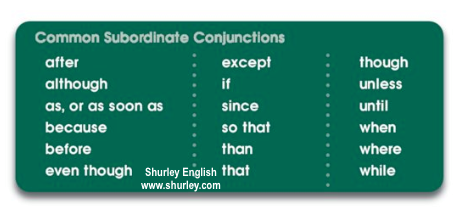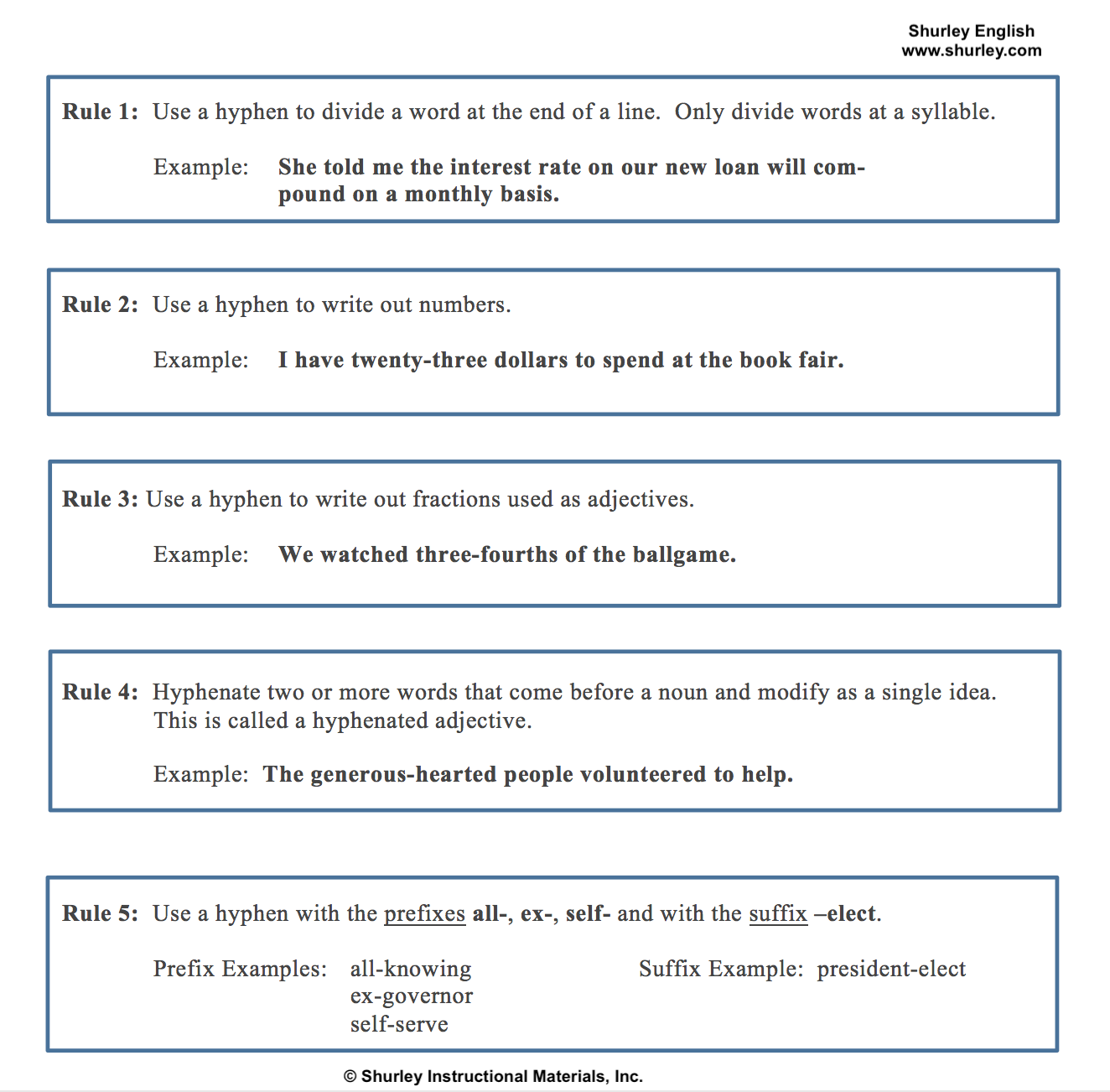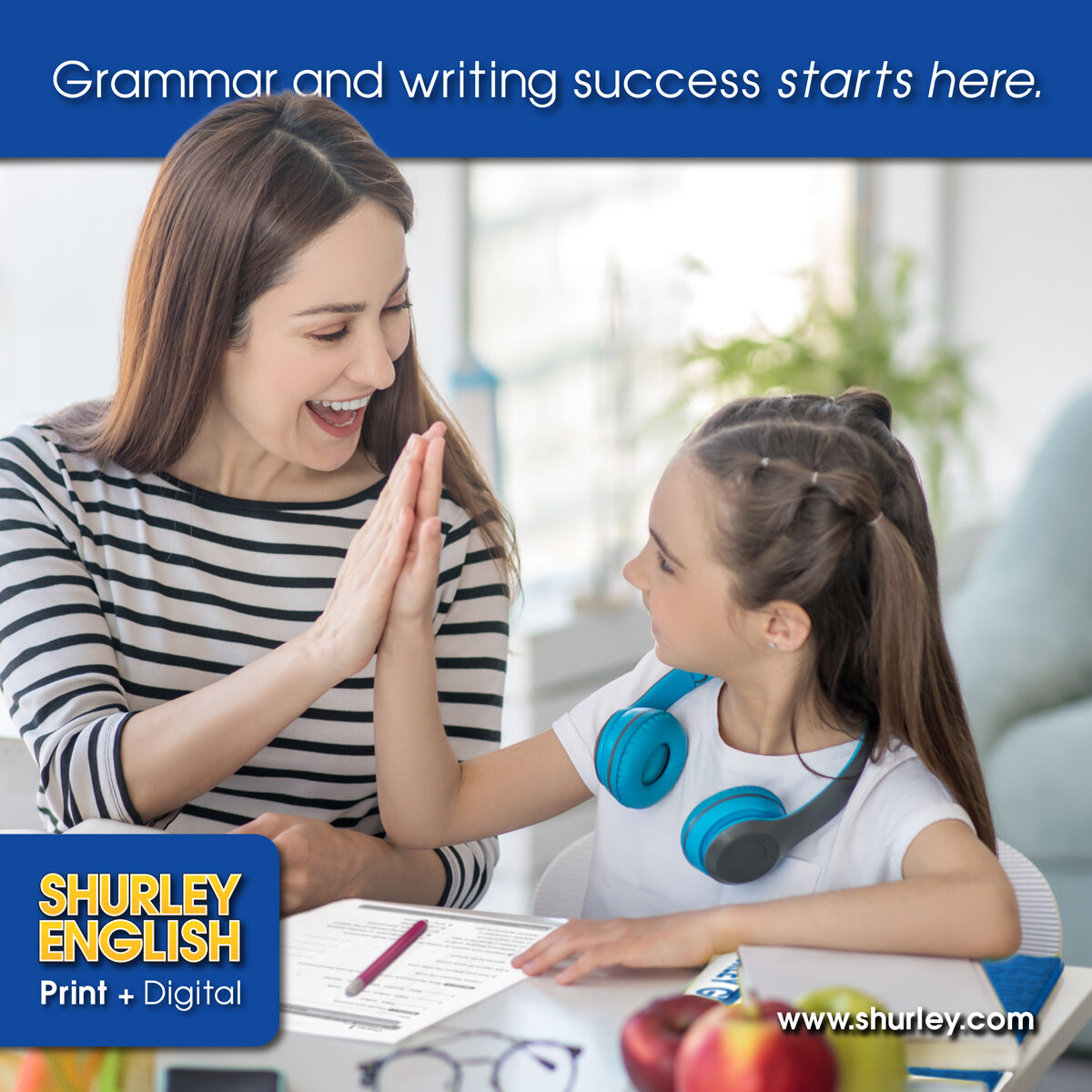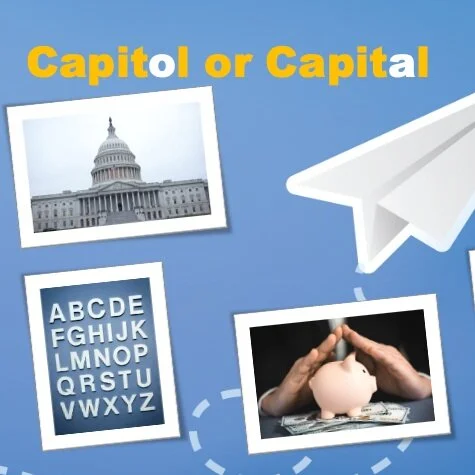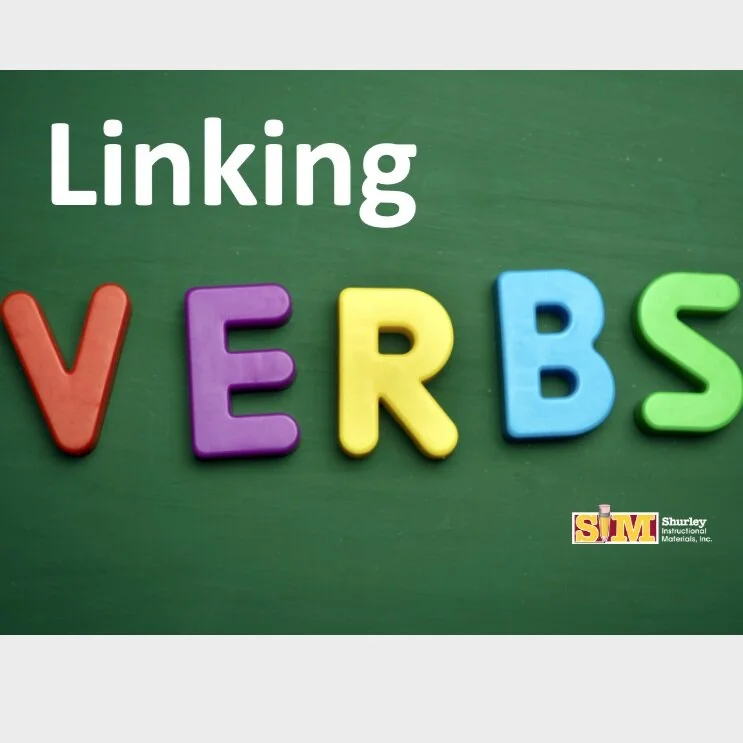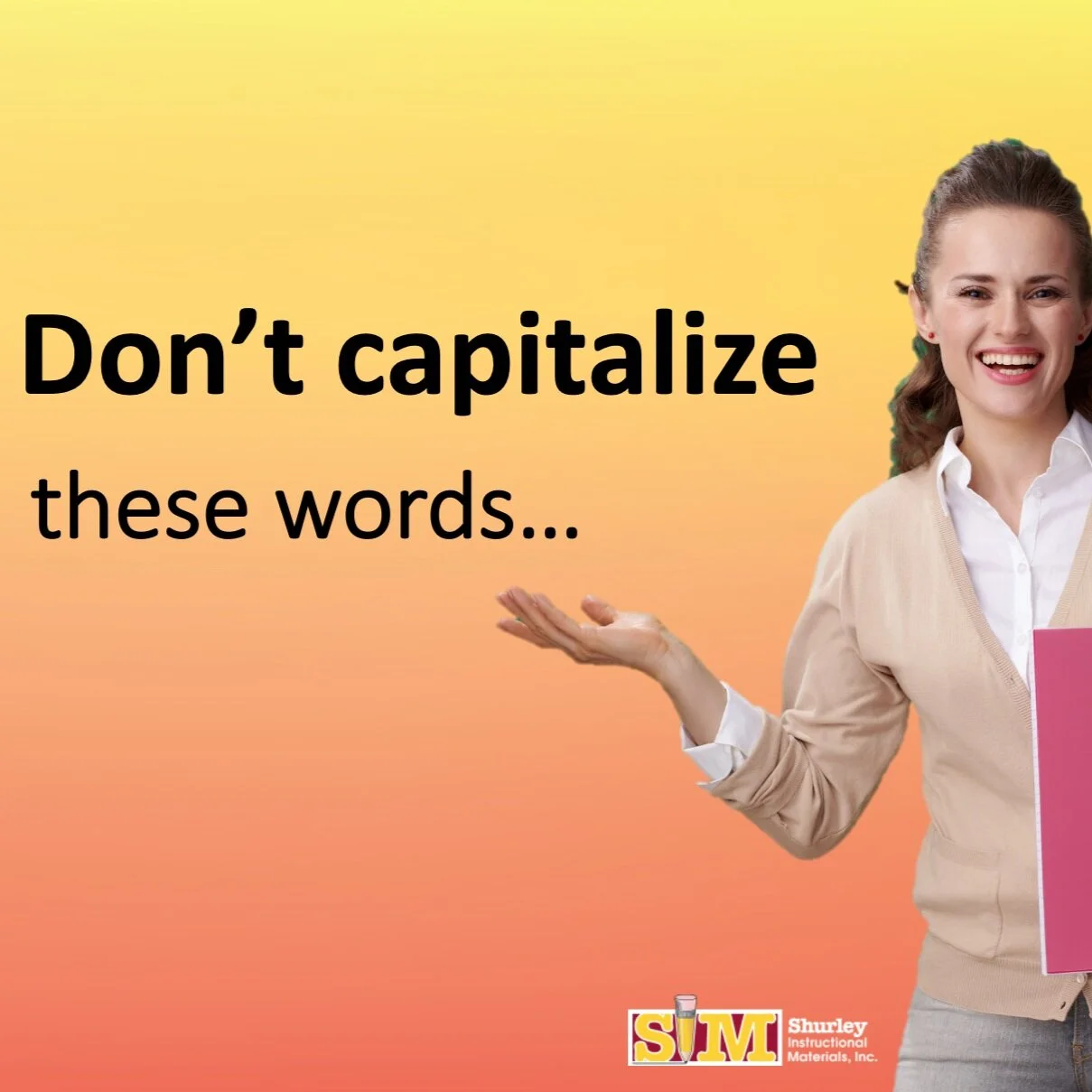Authentic Assessments: How Shurley English integrates real assessments
/So, what’s happening “testing-wise” in your school and in your classroom? Let’s continue the conversation about real or authentic assessments. (If you missed part one, click here.) In my opinion, it is vital to add these authentic assessments to your “testing bag-o-tricks.” Just look at some of the benefits:
Authentic assessments…
*provide direct measures;
*capture the true nature of learning;
*focus on the process-integrating teaching, learning, and assessing; and,
*provide a myriad of ways for students to demonstrate their knowledge.
Did you know that Shurley English integrates authentic assessments throughout the curriculum? Let's take a deeper look...
Shurley English provides the opportunity for students to learn grammar and the connection to writing at such great depth that, when the process is taught correctly, the evidence of this knowledge is seen in a child’s writing. We teach students how to really think about using the knowledge they’ve acquired…we teach them to know the content, think about the content, and process the content correctly.
By demonstrating a Jingle, the teacher is showing the student how to learn a language arts definition and think about it, not just memorize it.
The questions asked during the Question & Answer Flow are the set of criteria by which we measure a student’s understanding of specific grammar concepts. So, that’s your rubric, and when your students correctly identify the parts of speech of each word in a sentence or classify a sentence type, using the Q & A Flow, you have an authentic assessment opportunity!
Even though the Classroom Practices/Chapter Check-ups are essentially paper assessments, they’re still authentic. Students take the information learned and apply it to questions they’ve never seen. This is teaching them how to think about using the knowledge they’ve learned.
Have you ever witnessed your students revising their Sentence Blueprints/Practice & Improved Sentences and discussing word choice with another student, or simply thinking through the process of finding a synonym/antonym to improve their word choice? These actions will eventually become second nature to them. This is a form of an authentic assessment…because it is observable.
Writing is the obvious authentic assessment in Shurley English! Whether it’s an entry in a journal, a short constructed response answer, a presentation, or the final paper of a formal piece of writing, the teacher can observe a student’s depth of knowledge. The teacher can see and hear where grammar, usage, capitalization, punctuation, and spelling have been used correctly or incorrectly. In Shurley English, the Writing Evaluation Guide (WEG) and Teacher Rubric are key components to the process. The WEG teaches students how to start thinking about what they write and how to apply the skills they’ve learned to their writing. The Teacher Rubric is used to measure the student’s work against specific criteria.
I’m suggesting this…
If you imagine the process that the student experienced in learning specific information, understanding the information, and then actually applying the information in a meaningful and realistic scenario, it’s clear that IS an effective form of assessment.
So, don’t just leave your academic assessment up to the paper test, AND AVOID TEACHING to TEST! Be creative and assess your students’ knowledge with authenticity and purpose.
“Not everything that counts can be counted and not everything that can be counted, counts." -Albert Einstein




